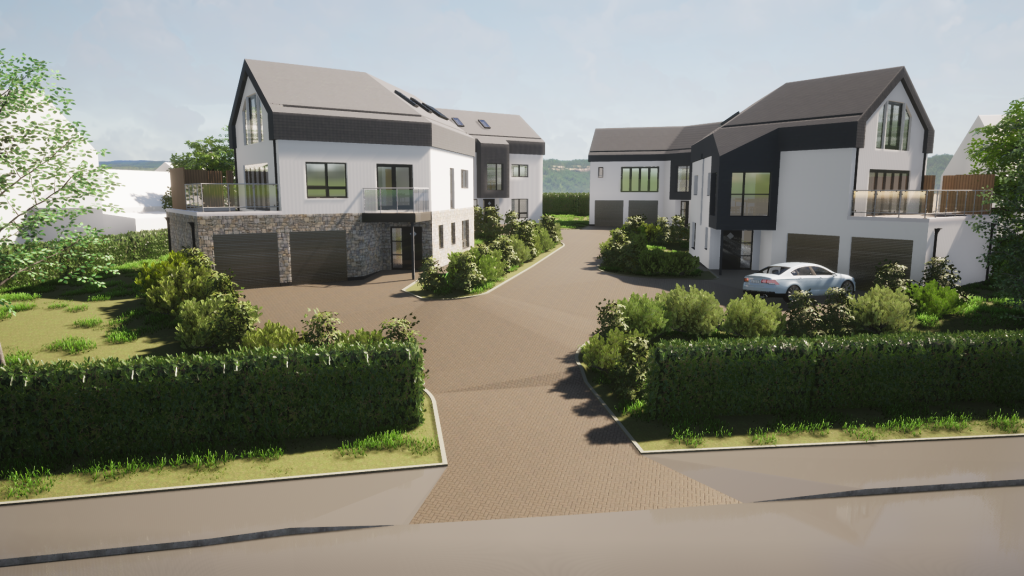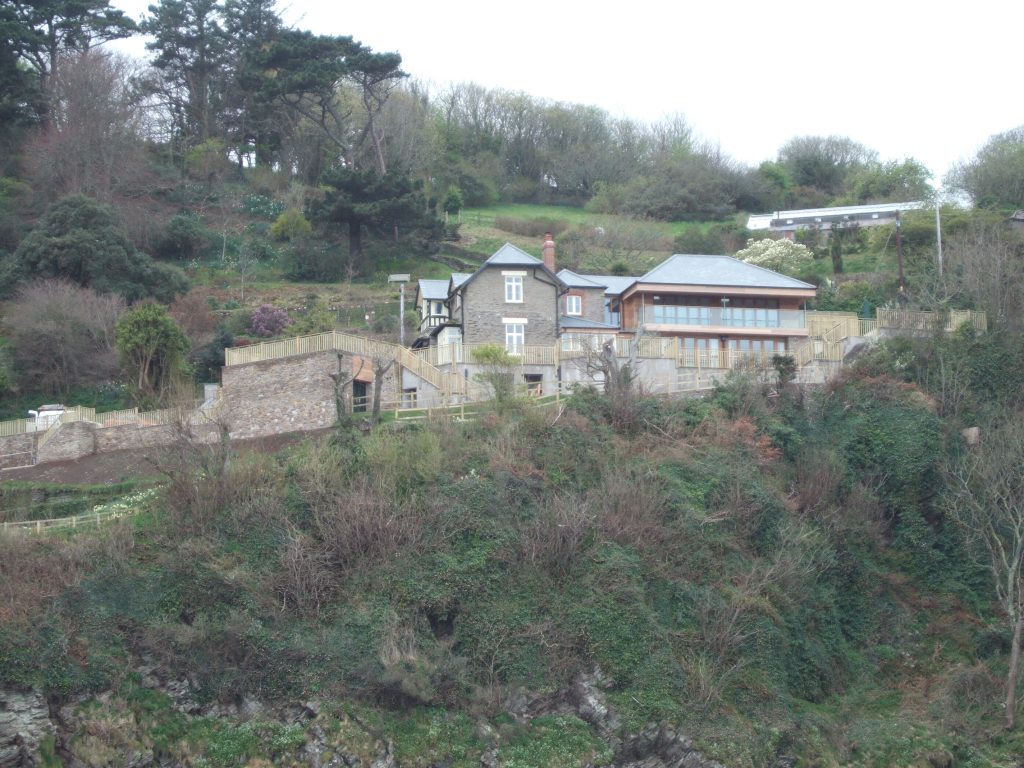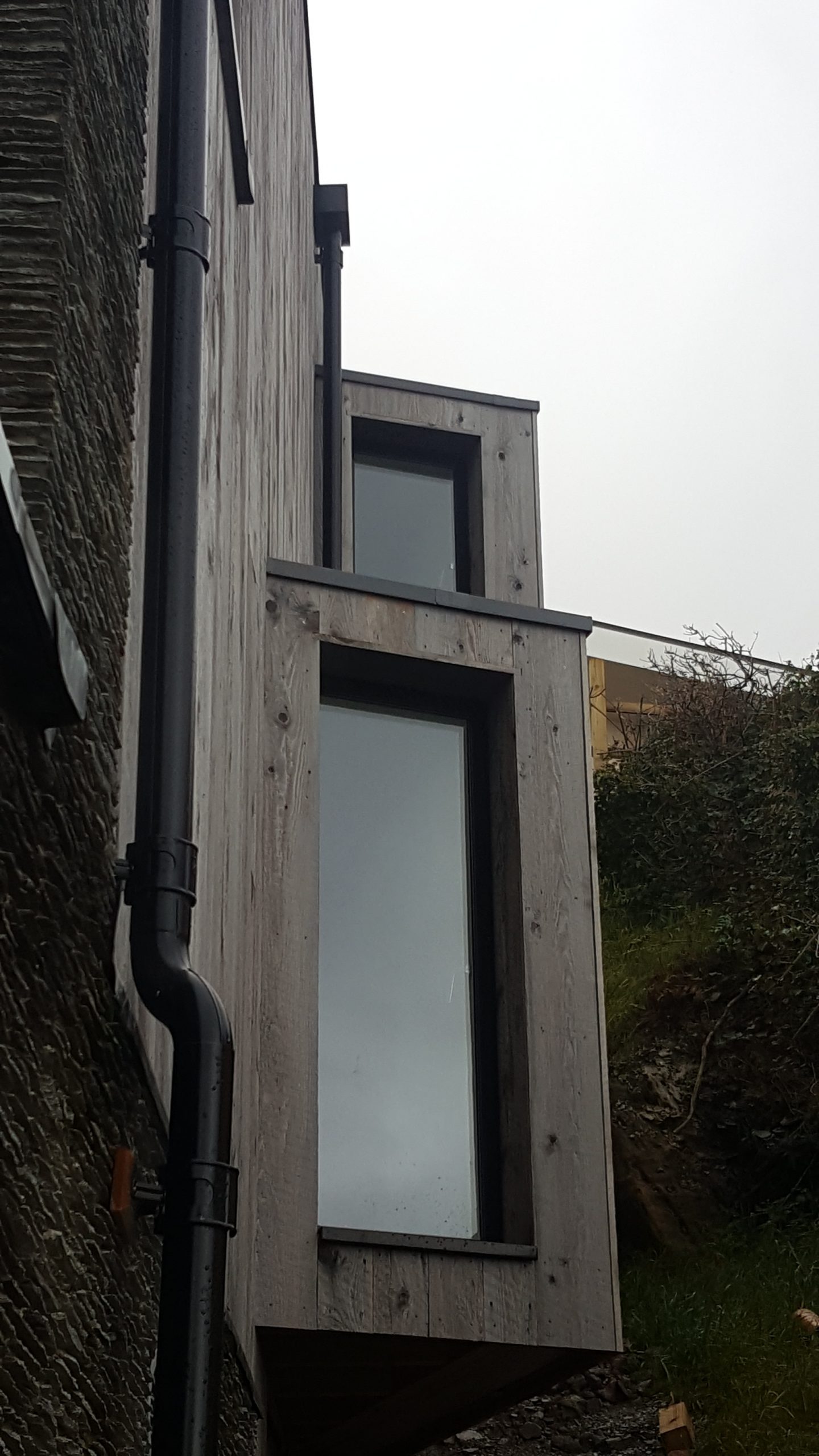Every project is different. A Project’s design, details and procurement path will therefore need to be tailored to project specifics. Construction procurement will need to be controlled, and parties’ rights safeguarded, by agreed contractual terms. An appropriate contract is therefore required.
Which contract? Contract selection is informed by project procurement choices and how the client wants the construction team to operate. The requirements of principal project stakeholders, (eg. Funding bodies, etc.) may also influence a project’s procurement route. This in turn is driven by the client’s ‘risk versus control’ spectrum – which ranges from total client control and risk retention (where quality of outcomes and flexibility are paramount) – to minimum risk for the client, where meeting delivery dates and budget control are paramount and control is handed over to the contractor.
In the construction industry, contracts are usually administered by a contract administrator – who acts as the interface between the employer and the contractor, overseeing quality and costs. The contract administrator is appointed by the client, but when certifying or giving an assessment or decision, the CA should act honestly and reasonably and their decisions are open to challenge via the dispute resolution procedure (unless the contract states otherwise). A contract administrator’s role only starts when a building contract is in place between the employer and the contractor. In some instances, the contract administrator may have to perform pre-contract services as well.
The contract administrator’s role will generally include:
- Inviting and processing tenders.
- Preparing contract documents for execution.
- Administrating change control procedures.
- Seeking instructions from the client in relation to the contract.
- Issuing instructions such as variations, or relating to prime cost sums or making good defects.
- Considering claims.
- Chairing construction progress meetings.
- Preparing and issuing construction progress reports.
- Co-ordinating and instructing site inspectors.
- Agreeing commissioning and testing procedures.
- Agreeing defects reporting procedures.
- Ensuring that project documentation is issued to the client.
- Issuing certificates of practical completion and interim certificates.
- Collating and issuing schedules of defects.
- Issuing the certificate of making good defects.
- Issuing the final certificate.
The list of CA duties is quite extensive and with some projects, can be very time consuming. As the title suggests, it is an ‘administrative’ function under the Contract. The CA duties have very little to do with either the design of the building or complying with the design that the project architect has spent considerable time putting together to meet the clients’ requirements and needs. Essentially, a CA needs to ensure compliance with contractual obligations and good contract administration is absolutely critical to the effective functioning of any Contract. The importance of the
role is often underestimated and given inadequate attention, until something goes wrong on a project. Ultimately, the quality of the contract administration can be the difference between a successful project and one which fails and results in disputes that drain time and money.





